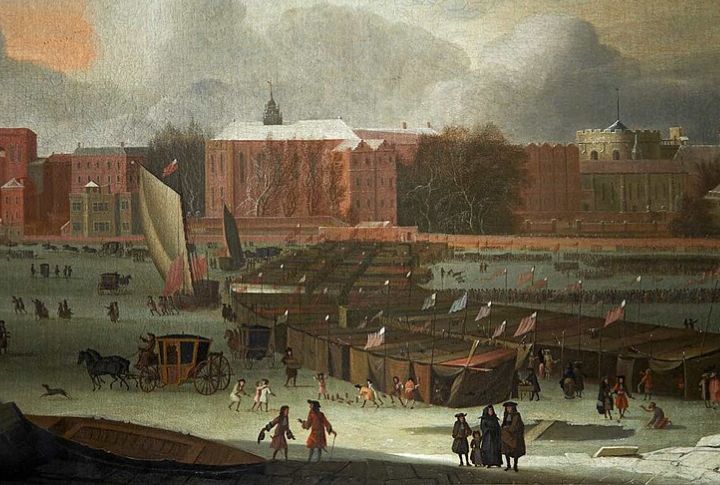
In 1709, the Great Frost hit Europe with unmatched ferocity, leaving devastation that still baffles experts. Even after decades of study, its cause remains uncertain. Scientists, historians, and climatologists continue to debate, and regional records show strange anomalies with no clear answer. Here are 10 chilling facts from that winter that continue to intrigue and puzzle researchers today.
The Great Frost Timeline And Immediate Impact

January 5, 1709: The date marking an unthinkable low. William Derham logged 10.4 °F, documenting Europe’s coldest winter in five centuries. The swift, true horror soon became apparent. One hundred thousand French citizens died fast, and towns had nowhere to place the bodies but in barns, where they waited for the spring thaw.
French Demographic Catastrophe
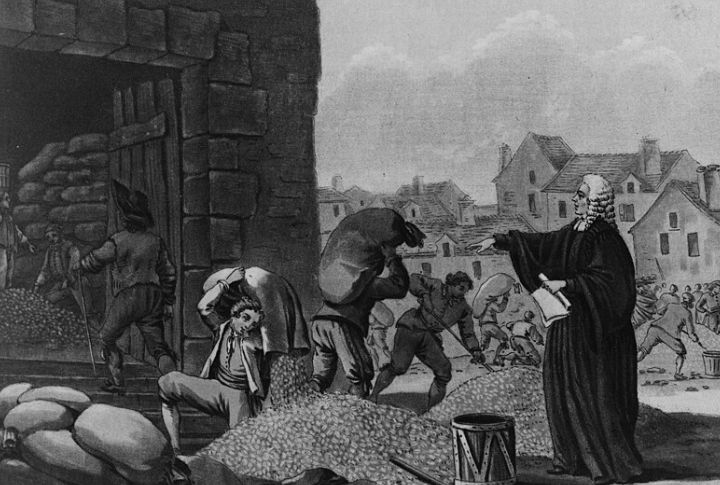
Imagine the sheer scale of loss: a total of 4000,000–600,000 lives were lost. The year 1709 delivered one of history’s deadliest climate blows to the French nation. The tragedy broke down brutally: two hundred thousand perished from starvation. An additional three hundred thousand succumbed to sweeping epidemics like typhoid and dysentery.
Swedish Military Disaster
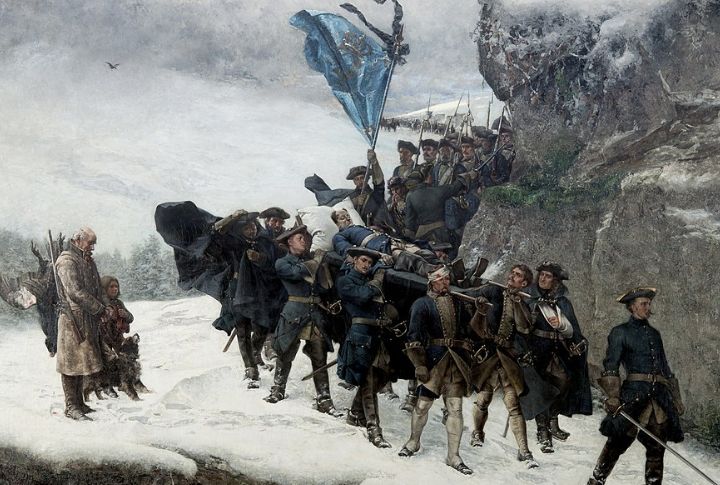
Sweden’s bold military push into Russia faced an unexpected opponent. Combat maneuvers failed to stop them, yet nature’s fury succeeded. Devastating storms and lethal frosts shattered the army. Russian soldiers found shelter and prepared for the conditions. The exposed Swedish troops paid the price as thousands of men froze solid during a single night.
Venice Lagoon Freezing
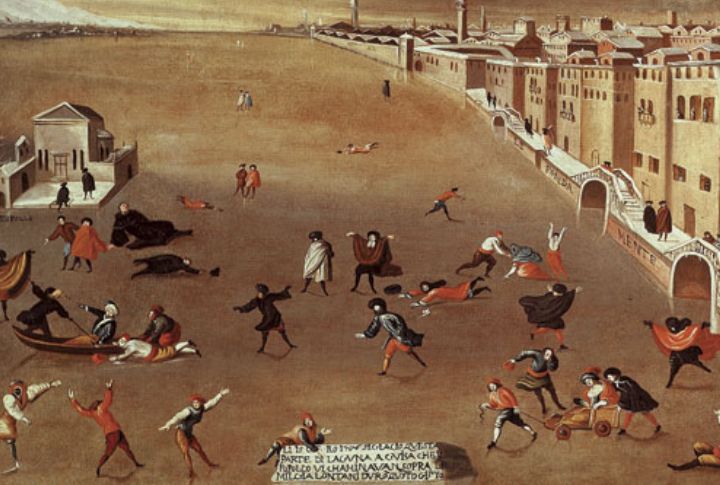
The sight was truly haunting. Venice’s famous lagoons and canals, locked solid, signaled the Great Frost’s severity. Winter’s iron grip intensified as it rushed northward through France. Even the lavish grounds at Versailles couldn’t escape the icy touch. The deep freeze held much of the continent hostage straight from January into March.
Thames River Frost Fair Dangers
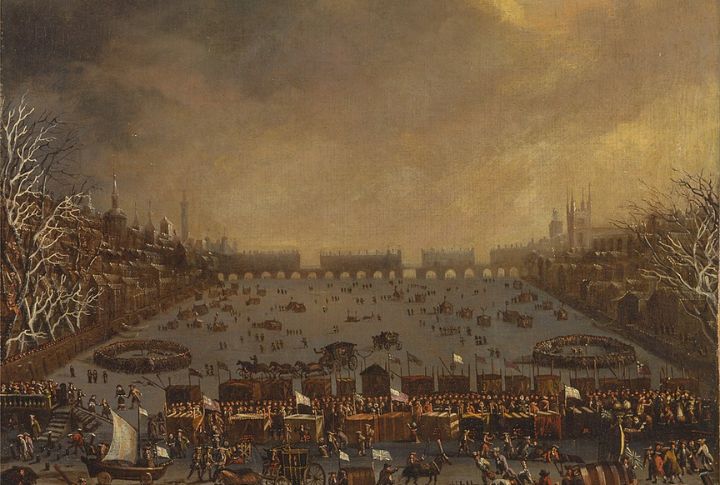
London’s River Thames turned into a giant sheet of ice during the Great Frost. People celebrated with fairs on the ice, but the spectacular tradition was actually dying off. Winters were gradually warming. More importantly, major structural changes to the Thames’ flow patterns had begun, which made these deep freezes a less likely spectacle.
Elizabeth Charlotte’s Eyewitness Account
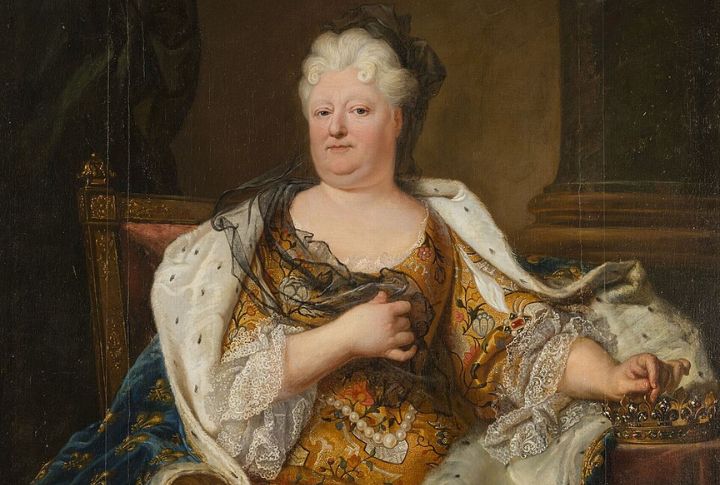
Elizabeth Charlotte, Duchess of Orleans, bundled up, feeling completely powerless. A fire roared, doors were sealed, and furs were piled high—still the cold bit through everything. She wrote to her great-aunt, confessing, “Never in my life have I seen a winter such as this one.” Her barely thawed fingers struggled to hold the pen.
German Palatine Migration
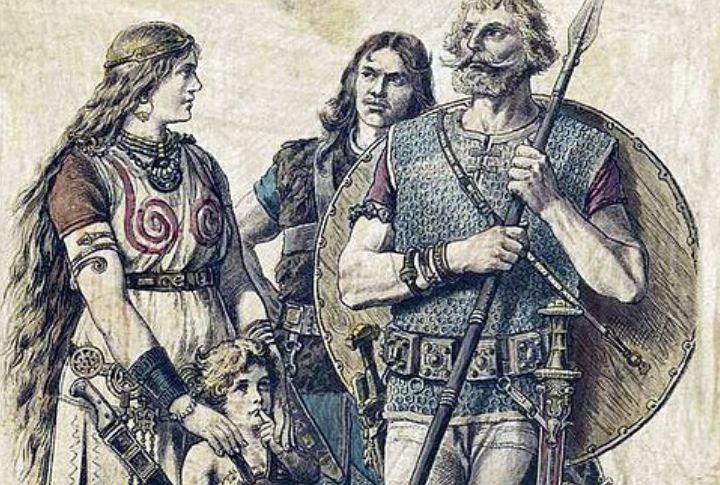
Thousands of German families suddenly faced a terrible dilemma. Stay and starve after the total ruin of their crops? Or abandon their ancestral homes? Unprecedented agricultural failure was the direct cause of the massive migration out of central Europe. Their huge population shift initiated a process that permanently re-drew regional settlement maps.
William Derham’s Scientific Observations
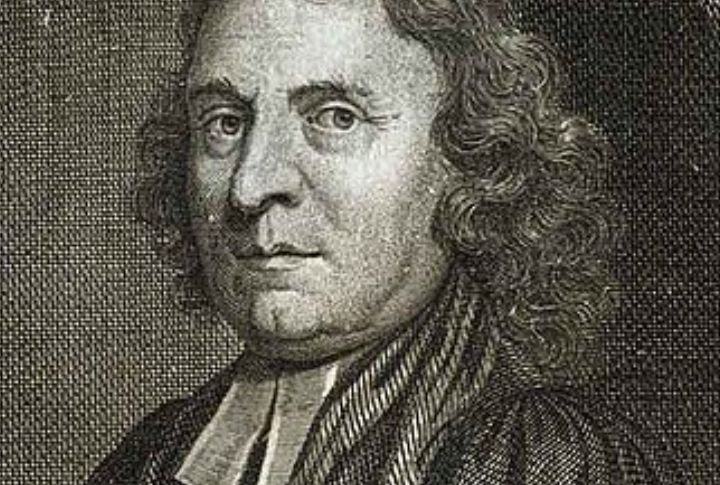
In Upminster, England, the scientist William Derham jotted down that unprecedented 10.4 °F temperature. His London-area measurements quickly spread. He eventually published findings stating the freeze exceeded anything in living memory. Observers everywhere soon verified the strange cold, numerous reports noting even lower, record-shattering readings.
Modern Scientific Mystery
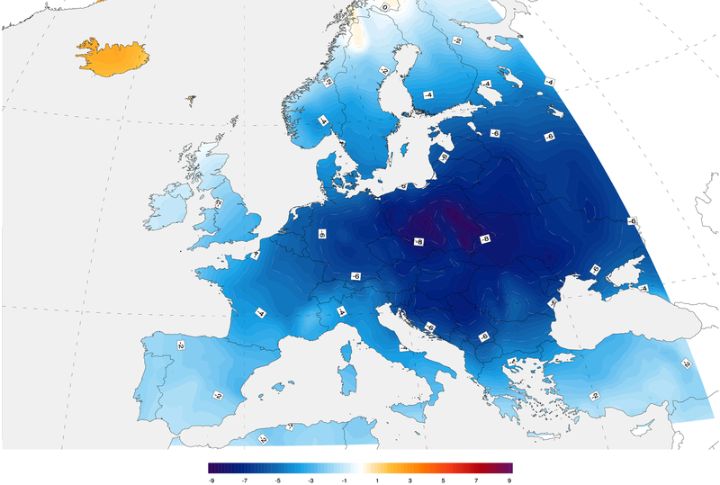
After centuries of intense investigation, the 1709 Great Frost remains a total enigma. Today’s climate specialists can’t align known cold-weather causes with the unusual patterns documented back then. The EU’s Millennium Project launched a deep study due to the persistent mystery. Climatologist Dennis Wheeler sums it up: “Something profoundly strange seems to have occurred.”
Maunder Minimum Solar Theory
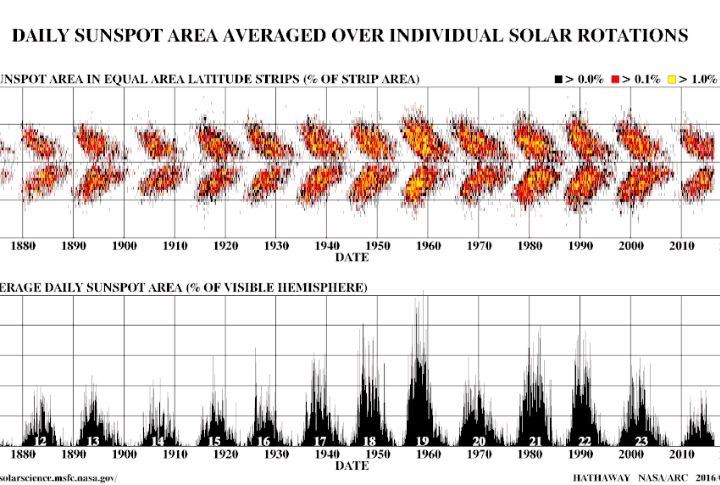
One intriguing theory links the brutal frost to an extended lapse in the Sun’s typical behavior. This period, known as the Maunder Minimum, marked a remarkably quiet solar phase. NASA records confirm the Sun produced dramatically fewer sunspots between 1645 and 1715. Lowered energy output arriving on Earth might have triggered the catastrophic freeze.

